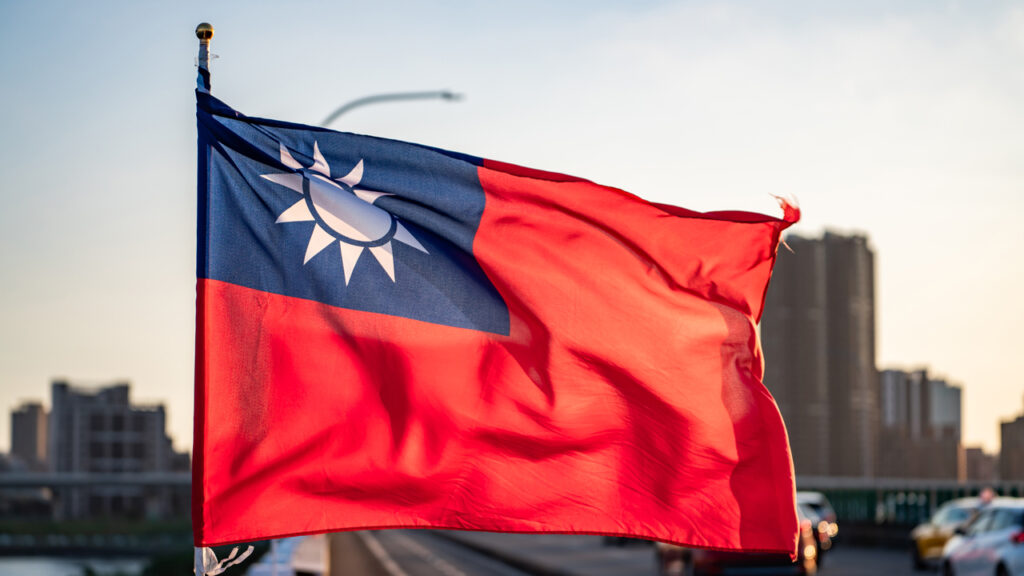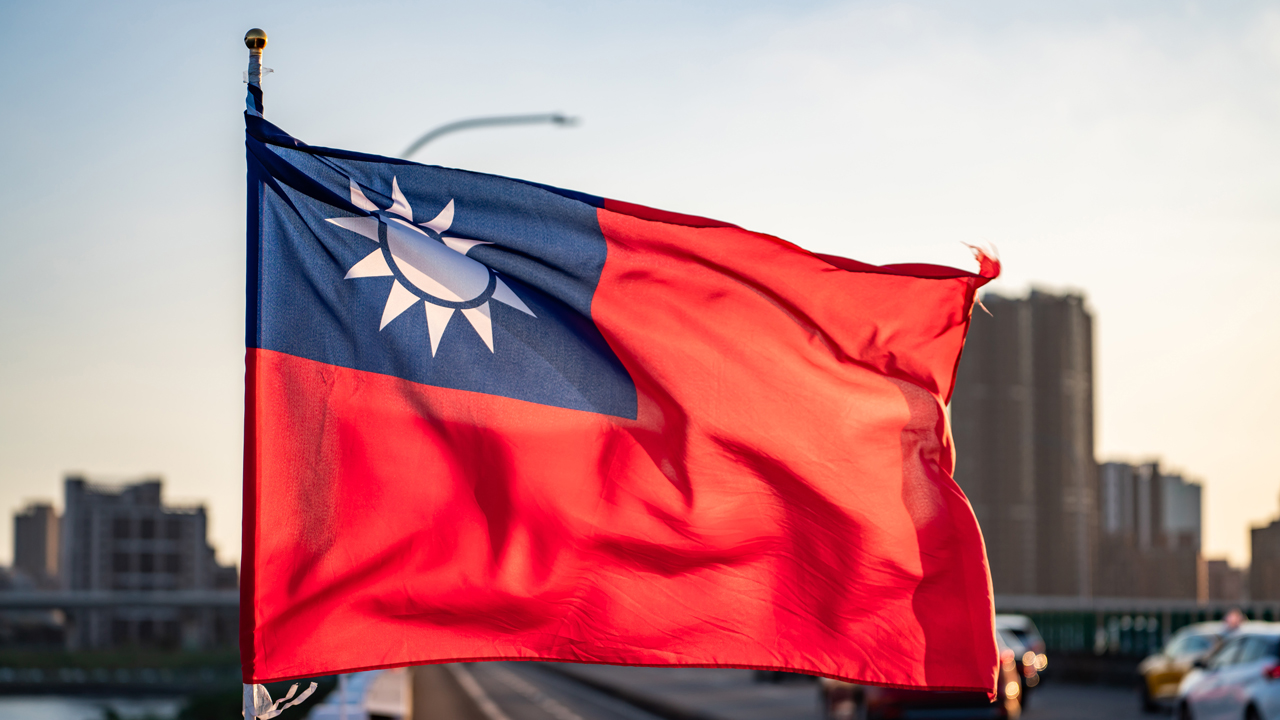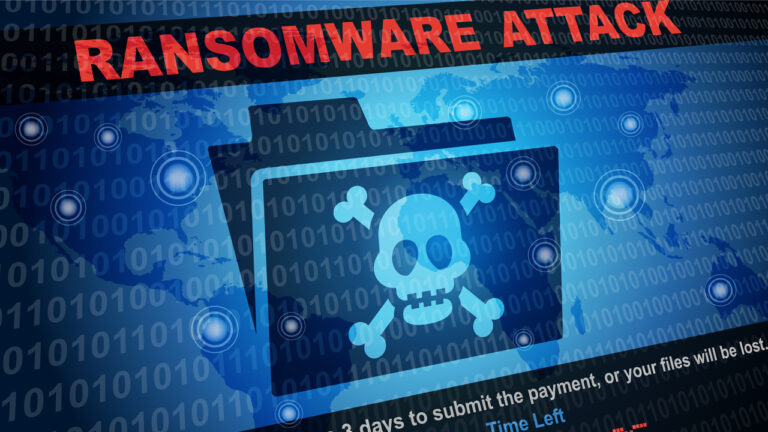Preparing for Crisis: The Complex Realities of Evacuating International Staff from Taiwan

Article written by Ruben Hoornveld
Recent shifts in cross-strait dynamics underscore the need for comprehensive evacuation planning in Taiwan.
Increased Chinese military posturing, coupled with sophisticated grey-zone tactics, highlights the delicate balance between deterrence and escalation. International companies and organizations operating in or around Taiwan must prepare their staff not only for potential evacuation but also for extended periods of self-reliance—often referred to as “hibernation.”
This article explores potential scenarios, the unique evacuation challenges posed by Taiwan’s island geography and infrastructure, a brief overview of the local civil defence strategy, and practical steps for evacuation preparedness.
The focus of this article is exclusively on the evacuation of international personnel, excluding business continuity considerations and duty of care obligations for Taiwanese staff during a crisis.
The Scenarios
Effective evacuation response planning requires a clear understanding of how tensions may escalate. Three distinct scenarios define the current risk landscape:
- Gradual Deterioration Leading to a Blockade (Most Probable)
This scenario envisions a steady escalation of grey-zone tactics, including frequent PLA naval sorties, cyber intrusions, and economic coercion. While these measures stop short of overt aggression, they exert sustained pressure on trade routes and critical supply chains. Over time, this prolonged disruption could create a slow-moving crisis, making stockpiling essential resources and preparing for a potential maritime blockade critical. The challenge lies in the gradual but relentless tightening of conditions, which may erode response options before a clear tipping point is reached. - A Sudden Crisis Triggered by an Unintended Incident (Possible)
A misfired missile, an accidental collision between military vessels, or a misinterpreted manoeuvre could rapidly escalate tensions. In such a volatile environment, even a routine incident could be perceived as a deliberate provocation, prompting swift military responses. With reaction times potentially limited to less than 24 hours, organizations would need to rely on well-established contingency plans and immediate safety protocols to respond effectively. - Immediate Armed Conflict (Most Dangerous)
The most severe scenario involves a deliberate, large-scale military offensive by China. This could include missile strikes, amphibious assaults, and the full-scale blockade of Taiwanese ports. Such an event would leave little time for measured responses, forcing immediate, high-risk evacuation decisions. The rapid escalation of hostilities would overwhelm both civilian and military infrastructure, likely necessitating international intervention and severely limiting evacuation options.
Related: Navigating the Top Business Threats in Southeast Asia: Insights with Ruben Hoornveld
Unique Challenges in Taiwan Related to Evacuation Planning
Evacuation planning in Taiwan is complicated by several distinct factors:
- Island Geography and Limited Evacuation Routes
Any rapid escalation would likely result in the closure of Taiwan’s airspace. The country’s island geography means reliance on maritime evacuation routes. These routes, however, could be compromised by a naval blockade, further restricting mobility and complicating logistics. Although it is probable that humanitarian international evacuation corridors will eventually be established, it is likely that this will take weeks. - Sparse Diplomatic Presence
The limited presence of formal foreign diplomatic representations on the island complicates coordinated evacuation efforts. With only a handful of full-fledged embassies and many nations operating through informal representative offices, the capacity to support large-scale repatriation is severely constrained. - Large Migrant Workforce
Taiwan is home to a significant migrant workforce—estimated at around 850,000 individuals. Evacuating such a large group poses enormous logistical challenges. For example, using commercial aircraft like the commonly used Boeing 737-800, nearly five thousand flights would be required just to transport these individuals, highlighting the scale of the task.
These challenges necessitate a recalibration of traditional evacuation strategies. Rather than relying solely on pre-emptive mass evacuations, there is a growing need for plans that incorporate rapid, reactive measures in the face of sudden escalation, and extended in-place sheltering.
Taiwan’s Civil Defense Strategy
Taiwan’s civil defense framework is a robust, whole-of-society model that emphasizes rapid response and recovery. It boasts an extensive network of over 14,000 designated shelters, underground tunnels, and advanced communication systems that are designed to safeguard the local population during emergencies. The strategy relies on coordinated efforts among the Ministry of Interior, Ministry of Defense, local governments, and community organizations.
Despite its strengths—such as public engagement, technological innovation, and an integrated approach—Taiwan’s civil defense planning does not incorporate specific measures for the evacuation of foreign nationals. The focus remains primarily on immediate crisis management and the rapid recovery of essential services, rather than on prolonged hibernation or international evacuation procedures.
Advice for Companies
Given the complexities inherent in the current geopolitical landscape and Taiwan’s unique challenges, companies are advised to adopt a multi-layered approach to evacuation preparedness. The following non-exhaustive advice outlines key priorities:
- Regular Crisis Management Training – Ensure you have a comprehensive up-to-date crisis management plan that accounts for the complexities of the Taiwan situation. This should include a dispersed crisis management team with members positioned both in Taiwan and in headquarters elsewhere. Conduct regular tabletop exercises to refine coordination while identifying potential gaps.
- Immediate Protective Response – Disseminate clear, actionable guidance on personal safety and sheltering protocols. Ensure staff are familiar with emergency drills and know where to seek shelter.
- Hibernation Preparedness – Equip staff with recommendations to independently sustain themselves for extended periods. Advise the stockpiling of essential supplies such as food, water, hygiene items, cash, and emergency medications. Encourage practices that promote self-sufficiency until formal evacuation channels can be activated.
- Maintain Up-to-Date Records – Keep current records of all staff and their dependents, including precise locations and emergency contact details. Secure and regularly update copies of critical documents such as passports and residency permits.
- Establish Robust Communication Channels – Set up multiple, redundant communication systems to guarantee that staff can receive real-time updates, even if primary channels are disrupted.
- Transport Coordination to Evacuation Hubs – Develop flexible routes that facilitate movement from local shelters or residences to designated evacuation hubs, most likely seaports. Preposition transport assets—such as private vehicles—to ensure quick assembly and mobilization during an emergency.
Conclusion
With escalation scenarios that can unfold in as little as 24 hours, a structured crisis management team—positioned both in Taiwan and at headquarters—is essential for maintaining decision-making continuity. Regular tabletop exercises are critical to ensuring that response teams can act decisively under pressure.
The strategic calculus for evacuation planning in Taiwan demands an agile and layered approach, balancing immediate protective actions with long-term hibernation strategies. While geopolitical tensions persist, organizations must be ready to act swiftly, ensuring that crisis protocols are not only in place but routinely tested and refined. The challenges are significant, but a well-prepared, well-trained crisis team can mean the difference between a disorderly reaction and a coordinated, life-saving response.
Ruben Hoornveld is a crisis management expert with over 20 years of experience in crisis response, security operations, and crisis communications. As Director of Fortis Advisory, he specializes in crisis resilience, kidnap response, and crisis communications. He has led risk mitigation efforts for multinational organizations and government agencies across thirty-five countries, developing crisis response frameworks and training teams in high-stakes environments. Ruben is based in Vietnam.







Add your first comment to this post